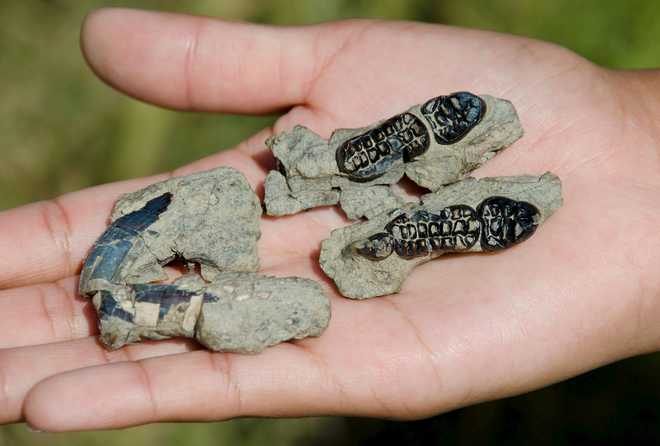London
Scientists have discovered a new species of ancient rodent-like mammal that survived the event which wiped out the dinosaurs from Earth 66 million years ago.
The remains of this large creature give clues about how mammals “took over” when dinosaurs died out.
Kimbetopsalis simmonsae, as the newly-discovered species has been named, was a plant-eating creature that resembled a beaver.
Carissa Raymond, a student in the team of Dr Stephen Brusatte from the University of Edinburgh found the fossil while prospecting at a site in New Mexico, US.
"We realised pretty quickly that this was a totally new type of mammal that no-one has seen before," Brusatte, lead researcher on the study, told BBC News.
Researchers noticed in particular the animal's teeth, which were specialised for plant-chewing, with complicated rows of cusps at the back and incisors at the front for gnawing.
They named the species after Kimbeto Wash, the area in the New Mexico badlands where it was found.
“The other part of the name — psalis — means 'cutting shears' and is in reference to [the] blade-like teeth," Brusatte said.
This group of now-extinct mammals, collectively known as multituberculates, originated alongside the dinosaurs, during the Jurassic and thrived for more than 100 million years until they were apparently superseded by rodents.
“[During the Jurassic] these animals were all pretty small. Then the asteroid hit, wiped out the dinosaurs and suddenly — in geological terms — this [group of animals] started to proliferate and get bigger," said Brusatte. — PTI
Unlock Exclusive Insights with The Tribune Premium
Take your experience further with Premium access.
Thought-provoking Opinions, Expert Analysis, In-depth Insights and other Member Only Benefits
Already a Member? Sign In Now










